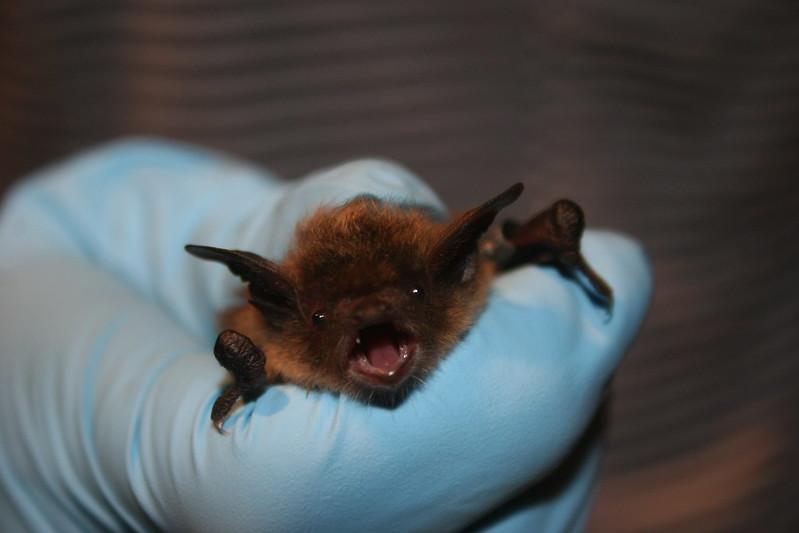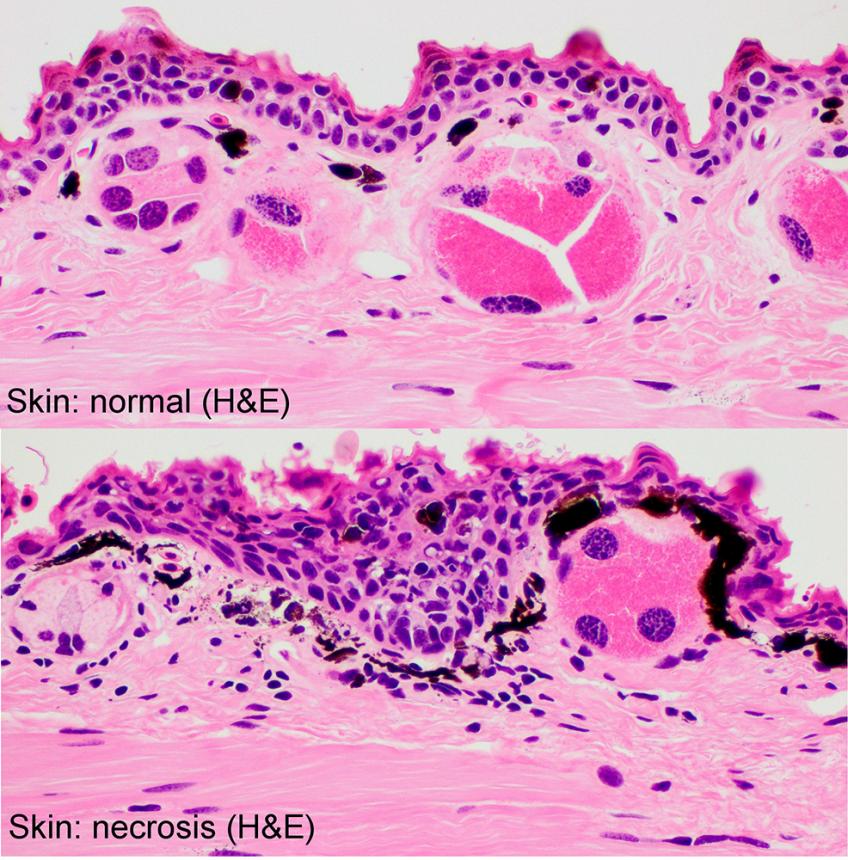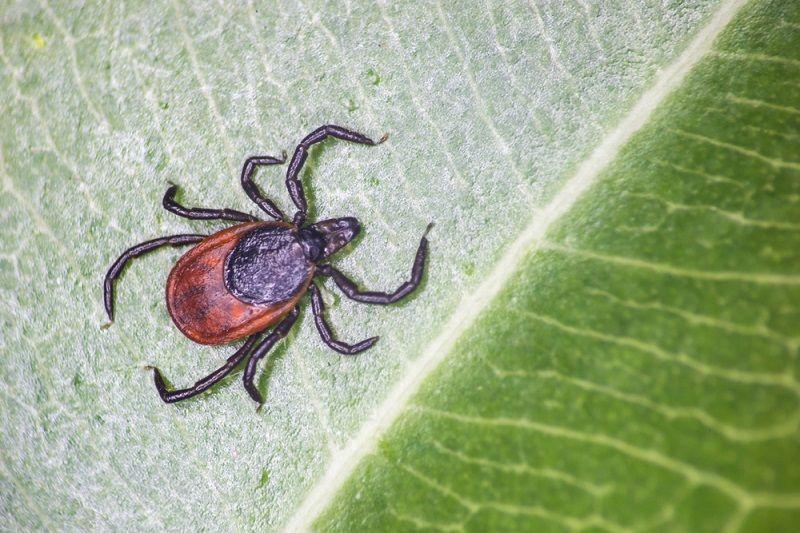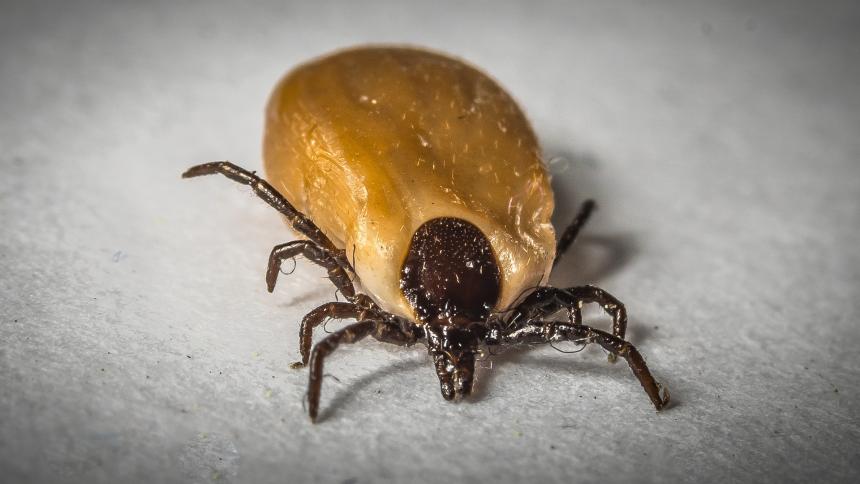In the News

October 07, 2019
Cornell's wildlife experts weigh-in on the impact of white-nose syndrome, a fungus that has been devastating bat populations across North America, with a mortality rate that can often reach 90 to 100 percent.

For Your Information
October 01, 2019

September 23, 2019
Cornell's Dr. Laura Goodman helped to identify a new deadly fungal disease in porcupines, adding to the list of species hit by such outbreaks. The newly discovered fungal disease is zoonotic, which means it can be passed on to humans, although there are no documented cases of this occurring.

When the Cornell Wildlife Health Lab investigates mortalities in wildlife, our specially trained pathologists use diagnostic tools to crack the case....

May 30, 2019
A newly discovered virus has been found infecting people in China, and it may be transmitted by ticks, according to a new report.
March 19, 2019
by
Melissa Fadden and
Jennifer Peaslee
What do you call the post-mortem examination of an animal? The appropriate term is “necropsy,” derived from necro (“death”)….

March 18, 2019
Cornell scientists discovered that a young dog imported from South Korea into Canada brought along a dangerous hitchhiker: the Asia-1 strain of canine distemper virus, which had never before been reported in North America. If the virus comes into contact with wildlife, it may take a serious toll on wild carnivore populations.

June 20, 2018
The mystery behind the deaths of 13 bald eagles found in a Maryland field has recently been solved by investigators: the birds were poisoned with the pesticide carbofuran, which came under scrutiny three decades ago for killing an estimated two million birds a year.

June 05, 2018
In this feature article, Wildlife Watchers, learn how Cornell Wildlife Health Center scientists are turning discoveries into real-world solutions, and how our research and surveillance protects nature across New York State.

March 22, 2017
Cornell researchers have developed a new process using nanoscale technology that can detect multiple pathogens at once, and are now adapting this method to more efficiently test different types of ticks for a large number of disease agents.
